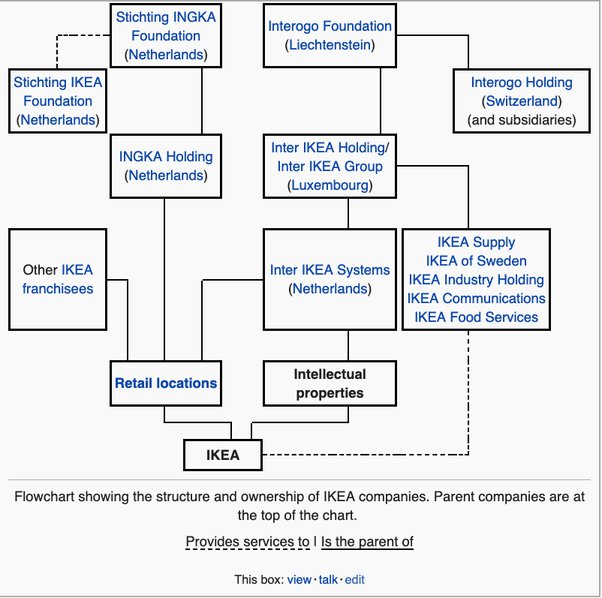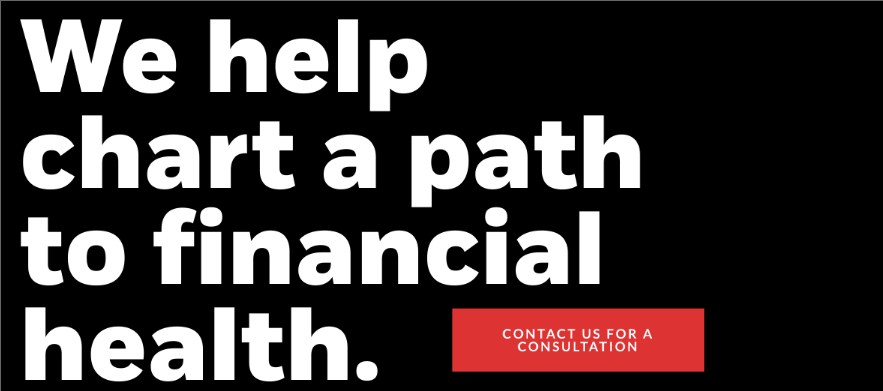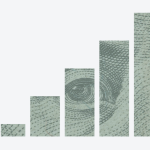Ikea’s Non-Profit Ownership Structure Tax Strategies it Uses to Save Hundreds of Millions in Taxes Each Year
Ikea makes billions tax-free by operating the world’s largest “charity.” Forget about the Gates Foundation. The world’s biggest charity owns IKEA — which is not only devoted to interior design.
And they make $40 billion in annual revenue. This means they get to avoid a lot of taxes…
Here’s how they do it.
Ikea’s Background
IKEA was founded by Ingvar Kamprad in Sweden in 1943. Ingvar grew up on a farm but wasn’t destined to be a farmer. He was a natural entrepreneur. At age 5 he went door-to-door and sold matches to his neighbors. By age 17 he started the first IKEA in a small wooden shed with just $700. His first sold product was a set of wooden stools.
His vision for the company was to give people good design AND affordability. Fast forward to today, IKEA has over 450 stores in 50 countries.
He was a pioneer in design. He was also a pioneer in taxes. According to a Fast Company article published 2014, Kamprad is a publicly frugal man who despises taxes. He and his Swedish design label actually fled to Switzerland in 1976 to avoid taxes. (Kamprad didn’t deploy his nonprofit scheme until the ’80s.)
According to Investopedia, It is one of the world’s largest privately-held companies and has been the world’s largest furniture retailer since 2008. The majority of IKEA outlets are controlled by the holding company INGKA Holding, which is owned by the Stichting INGKA Foundation. The Stichting INGKA Foundation is one of the largest charitable foundations in the world and is registered in the Netherlands. This complicated structuring helps IKEA minimize its taxes, makes a hostile takeover impossible, and permits the company to operate as a nonprofit corporation.

(image credit: Quora)
Here’s how his strategies save IKEA hundreds of millions in taxes each year:
- Corporate Structure
- Transfer Pricing
- Royalty Payments
- Intercompany Loans
- Inventory Management
Let’s examine these a little further.
IKEA’s Corporate Structure
The INGKA Foundation’s stated purpose is “supporting innovation in the field of architectural and interior design.” However, the major caveat is that the foundation primarily supports “innovation” by operating a major furniture empire.
The purpose of the Foundation’s structure–owning a holding company that controls the furniture outlets–is ultimately to minimize taxes. And there is even an additional layer to the company’s structure: its intellectual property and intangible assets, including its logo, are owned by a separate company.
Transfer Pricing
IKEA sets up subsidiaries in low-tax countries and then charges its high-tax country subsidiaries high prices for goods and services.
This allows IKEA to shift profits to low-tax countries, where they are taxed at a lower rate.
Royalty Payments
IKEA pays royalties to its parent company, the Stichting Ingka Foundation, for the use of its trademarks and intellectual property.
Estimated at $1Bn+ per year!
These royalty payments are tax-deductible for IKEA, likely saving $100M+ in taxes.
Intercompany Loans
IKEA borrows money from its parent company at low interest rates.
This allows IKEA to save money on interest payments, which are tax-deductible.
Inventory Management
IKEA keeps its inventory in low-tax countries.
This allows IKEA to defer paying taxes on its profits until the inventory is sold.
Conclusion
In the past IKEA has been criticized for paying royalties to a non-profit, and other tax avoidance schemes but all of their practices have been found to be legal so far. Many large companies are owned by non-profits. Rolex and Bertelsmann AG are another few examples. Before choosing or changing the corporate entity ownership structure, a business should first discuss with experienced advisors the pros and cons of doing so. Feel free to contact Huckabee CPA with any questions or for free consultation.












